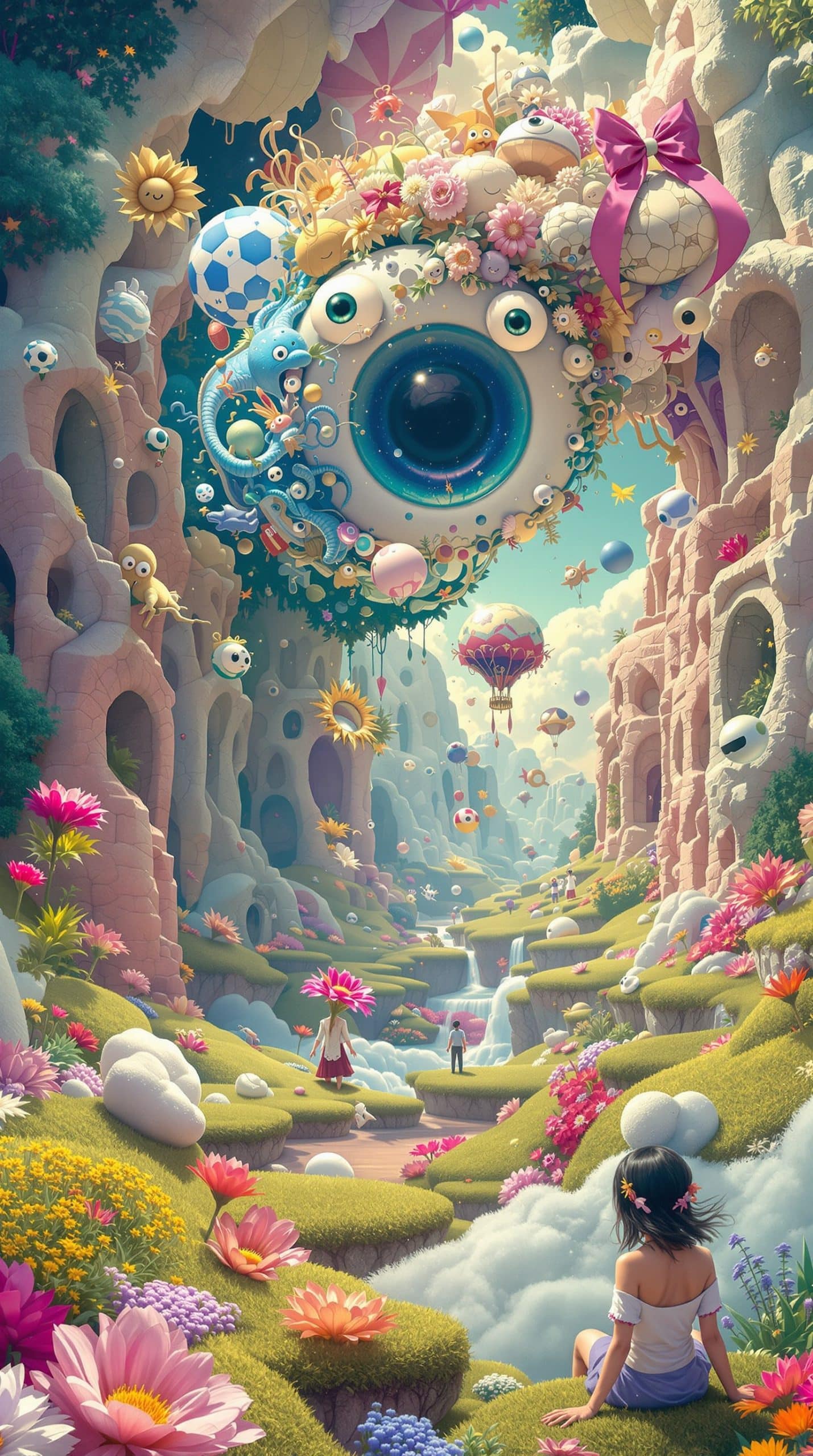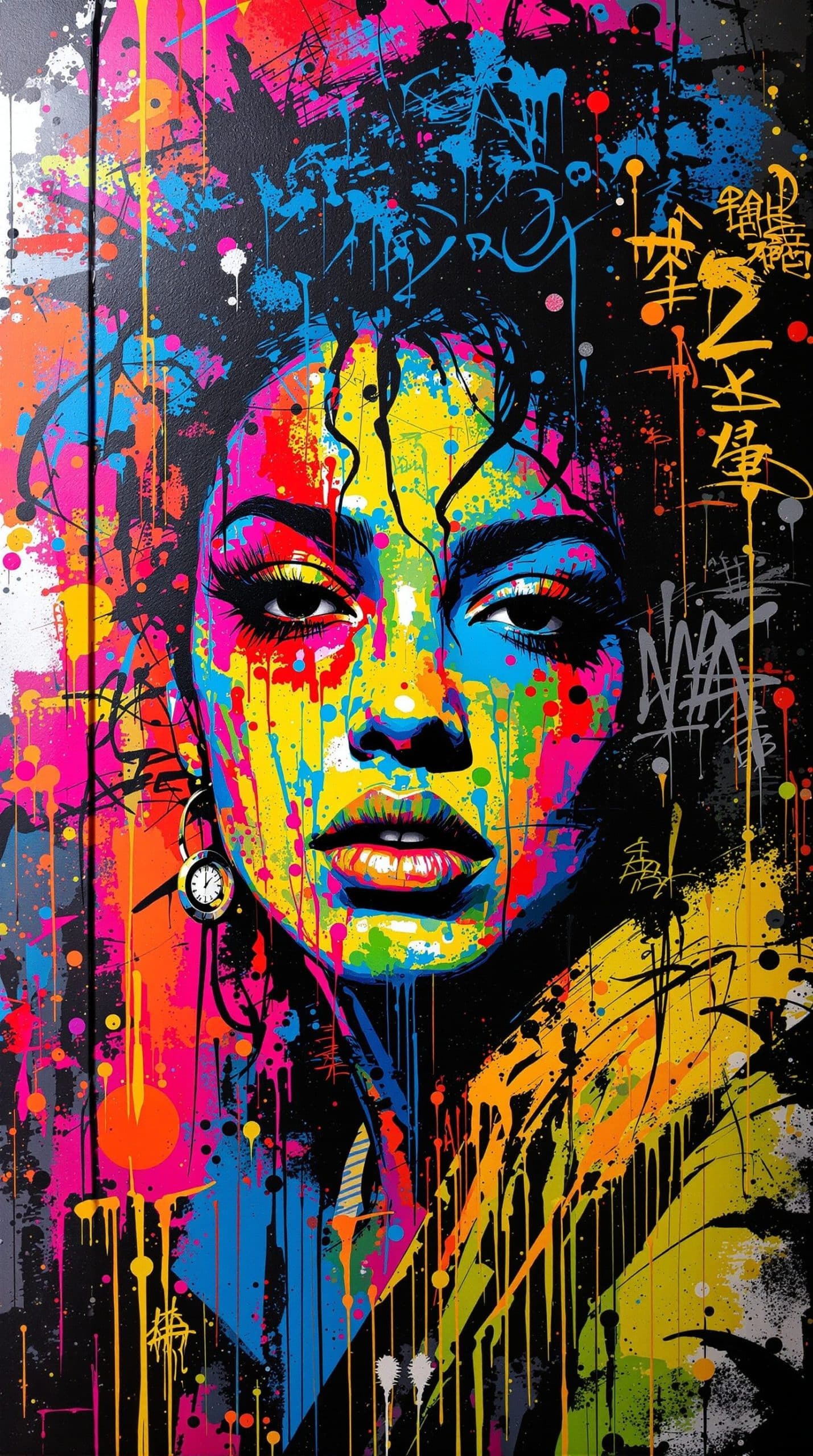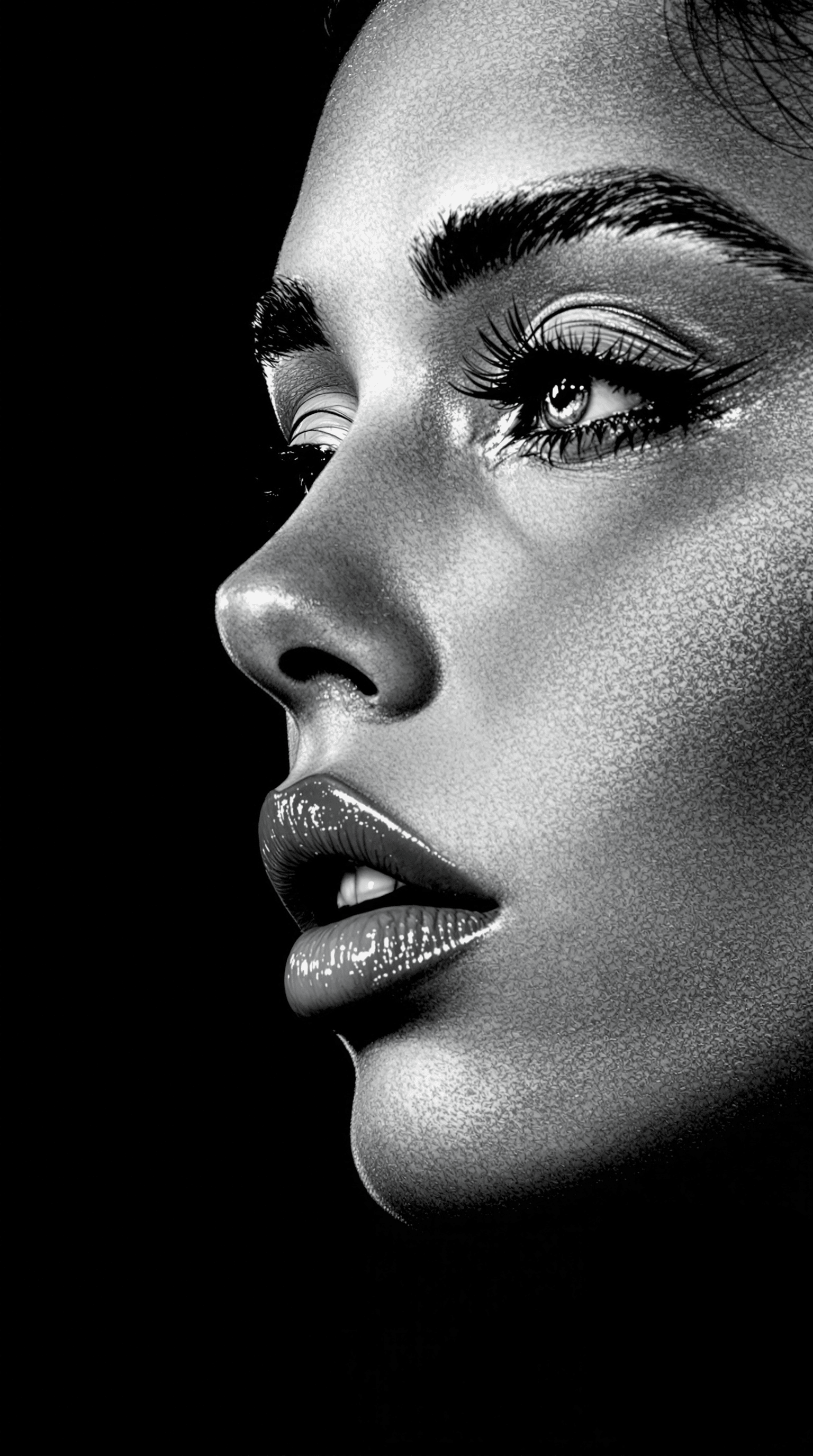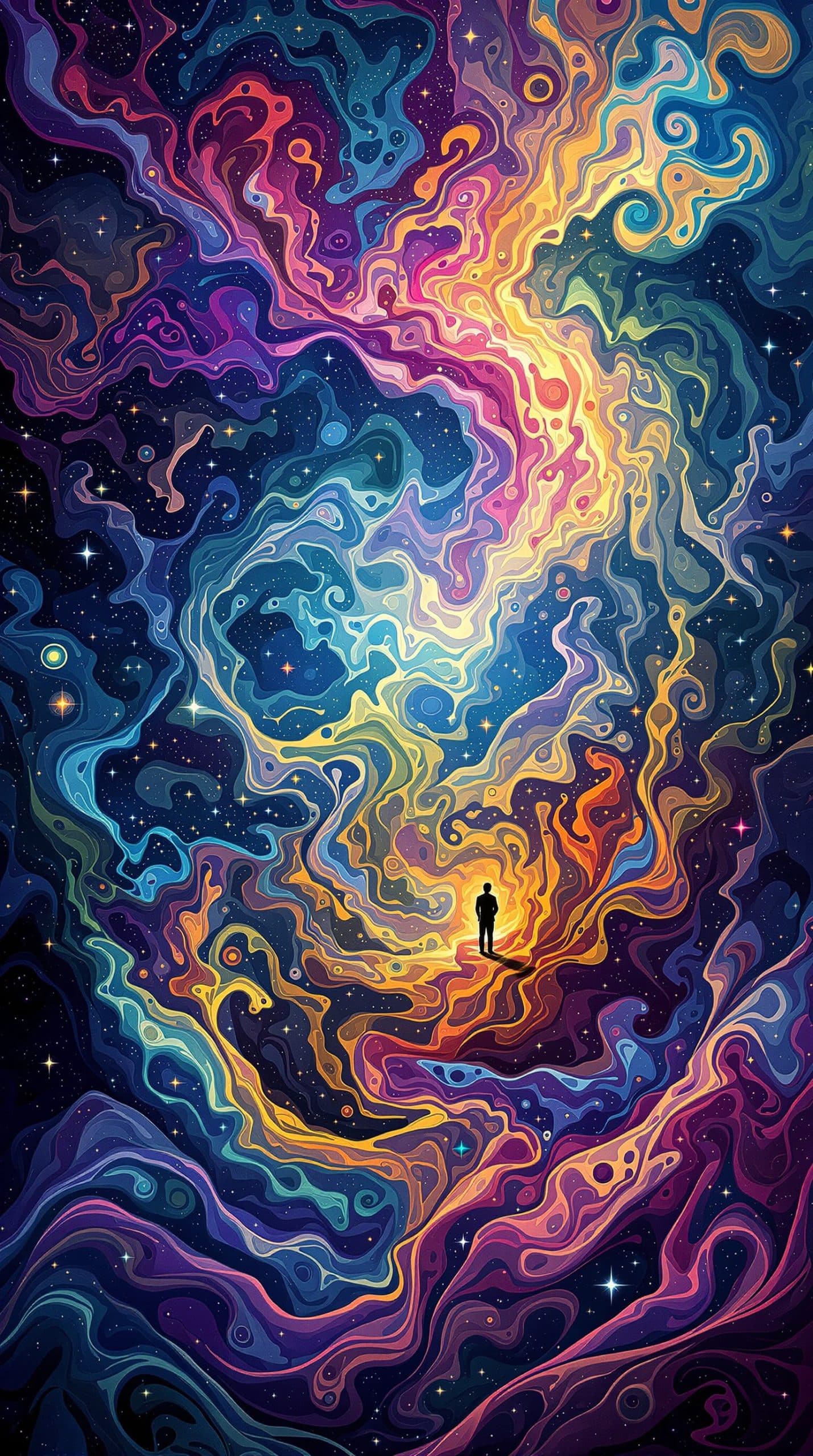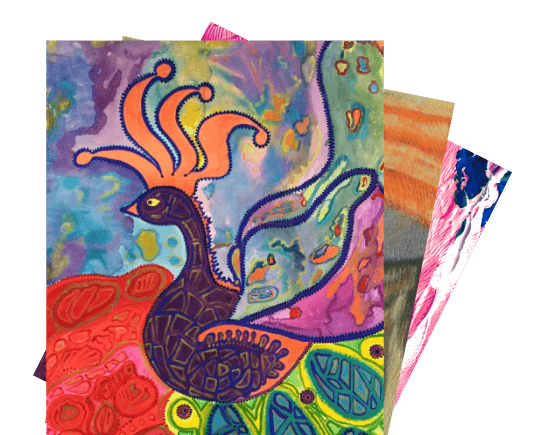Filters
Available Artwork
Other styles of paintings you may like
Origins of Purple Painting:
The colour purple, which has appealed to the human eye, traces its history back to the Neolithic era when it first appeared in prehistoric art. Purple first appeared in prehistoric art during the Neolithic era. The artists of the Pech Merle cave and other Neolithic sites in France used sticks of manganese and hematite powder to draw and paint animals, as well as the outlines of their own hands, on the walls of their caves. These works have been dated to between 16,000 and 25,000 BC. The Tyrian purple dye is manufactured from mucus secreted by the spiny dye-murex snail. The dye came from the Phoenician trading city of Tyre, now in modern-day Lebanon. An incredible amount of mucus was required to yield a tiny amount of dye and satisfy the cravings of emperors and kings. The process is also mythologised by the story of Hercules' dog, which, after picking up a murex snail from the beach, developed purple drool.
The colour purple became popular among the pre-Raphaelite painters in Britain. Artists like Arthur Hudges were seen incorporating colour in his works, who loved bright colours and romantic scenes. The shade was created by mixing cobalt blue with madder, which helped enhance Hughe's bold and romantic scenes in his works. Purple also became the Austrian artist Gustav Klimt's favourite colour. Klimt was seen flooding pictures with sensual purple and bright violets. However, the colour purple was also considered by many artists to be tiring to the eyes, which also caused a sense of frustration. In major artworks, its use symbolises lust or sorrow. By the 20th century, it had retained its comeback by associating with royalty. George VI wore purple in his official portrait. It also featured as a prominent colour used for the coronation of Elizabeth ll in 1953. However, the colour also became associated with social change.




